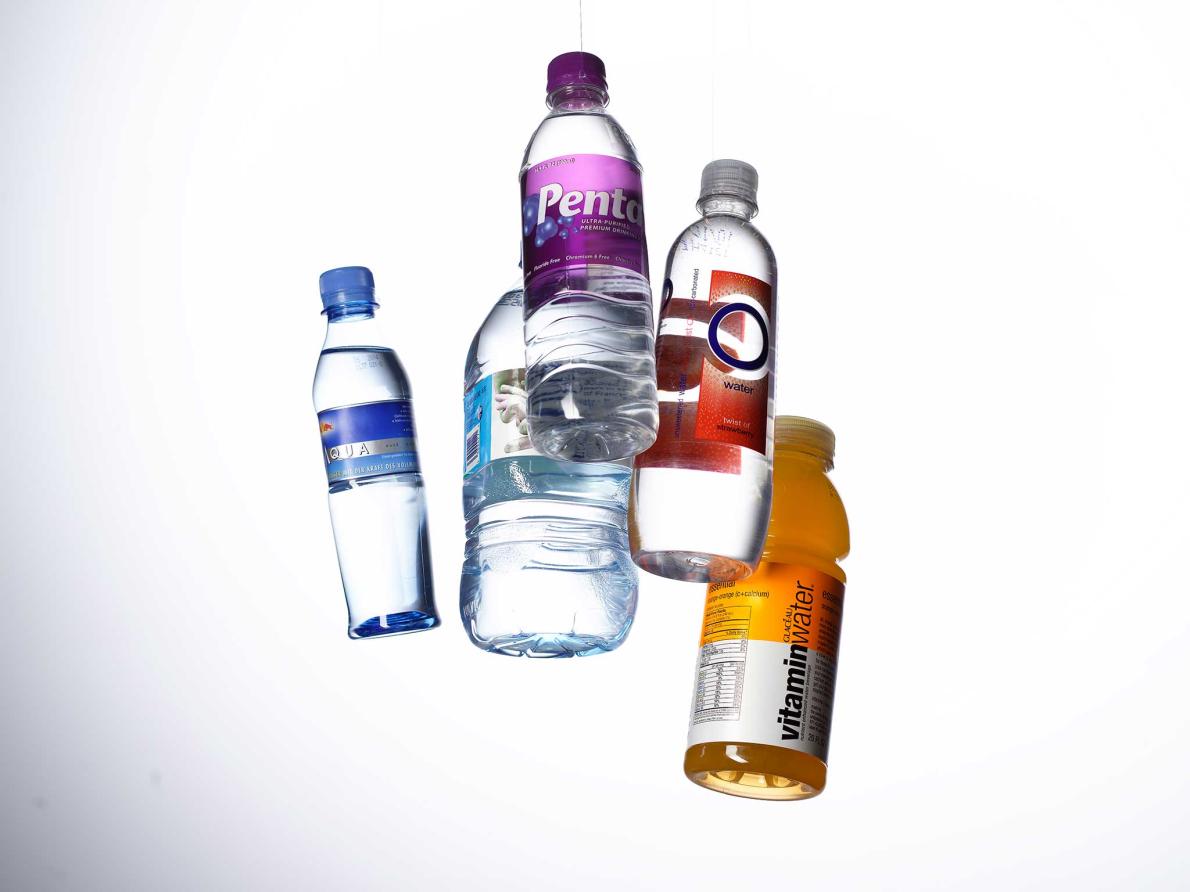If Bottled Water Is So Bad, Why Are Sales Hitting Records? Years of effort by campaigners have barely slowed the beverage’s popularity.

Bottled water is poised to become the king of beverages in the United States. Despite the fact that more than a dozen colleges have banned sale of bottled water at campus dining facilities, that sales of bottled water are banned at 22 U.S. national parks—including the Grand Canyon and Zion—and that half a dozen cities have banned use of official funds to purchase bottled water, sales in 2015 hit an all-time high. It seems that Americans love their bottled water. According to data recently released by Beverage Marketing Inc., the amount of bottled water sold rose 7.9 percent in 2015. That’s on top of a 7 percent increase in 2014. Americans now drink astonishing amounts of bottled water: In 2015, we bought the equivalent of 1.7 billion half-liter bottles of water every week. That’s more than five bottles of water for every man, woman and child in the country every single week. A typical family of four is going through one of those shrink-wrapped 24-packs of bottled water each week. Bottled water sales in 2015 rose almost three times faster than the whole market for “liquid refreshment,” and bottled water rose even as sales of carbonated soda fell 1.5 percent, to the lowest level per person since 1985. The flip in consumption habits between carbonated soda and bottled water just since 2000 has been dramatic. In 2000, each American was drinking 53.7 gallons of carbonated soda a year, equal to 573 12-ounce cans a year, 11 a week. Soda consumption in 2015 was down to 38.9 gallons per person. In contrast, from 2000 to 2015, bottled water consumption more than doubled, from 16.7 gallons a person to 36.4 gallons. If bottled water sales continue to grow close to what they have the last two years, and carbonated soda sales fall just another one percent, 2016 will be the year that Americans buy more bottled water than packaged soda. Publicity around the lead-tainted water in Flint, Michigan, in mid-December of last year wouldn’t have affected overall bottled water sales last year—but might boost sales in 2016 if people around the country switch to bottled water because they are worried about their own tap water. To make up for the dramatic decline in carbonated soda sales, the big soda companies have moved into the water business. Together, Coke’s Dasani water and Pepsi’s Aquafina account for 11 percent of all bottled water sales in the country. Both bottled water and carbonated soda far outpace consumption of some other packaged drinks in the U.S. Consumption of beer by adults is about 27.6 gallons a year and declining, and consumption of milk is about 20 gallons per person, and has been falling since 1970. The anti-bottled-water campaigns, which have been concentrated on the nation’s college campuses, focus on the environmental impact of bottled water as a packaged product, compared to simply refilling a reusable water bottle. But as noisy and visible as the campaigns have been, they “seem to have little to no impact” on overall sales, says Gary Hemphill, managing director of Beverage Marketing Corp. In part, that’s because bottled water sales at colleges and parks are a sliver of the overall market. There has also been an effort to discourage consumption of carbonated soda, particularly the full-calorie versions, which have been implicated in obesity, and which make up two-thirds of soda consumption. A single 12-ounce can of sugared soda has 140 calories and 39 grams of sugar, as much as eight Oreos. The effort to reduce soda consumption has one oddity, according to data released by Beverage Digest, another group that tracks beverage-drinking habits. Even as Americans shift from soda to water, in part for health reasons, they are abandoning diet soda much more quickly than full-calorie soda. In the big three brands with regular and diet versions—Coke, Pepsi, and Mountain Dew—sales of the diet versions fell much more quickly than the full-calorie versions. Sales of Diet Coke, for instance, fell 5.6 percent, compared to just one percent for regular Coke. Although bottled water now seems ubiquitous, it is an almost completely new drink category. If you go back to 1986—the life of anyone over 30—sales of bottled water were trivial. In 1986, the typical American didn’t drink even a single half-liter bottle a week. The surge in bottled water sales, which is to say, bottled water's decades-long rise in popularity, is a reminder that there is often a large gap between well-publicized protests and even bans, and our actual buying behavior.
Read More:

